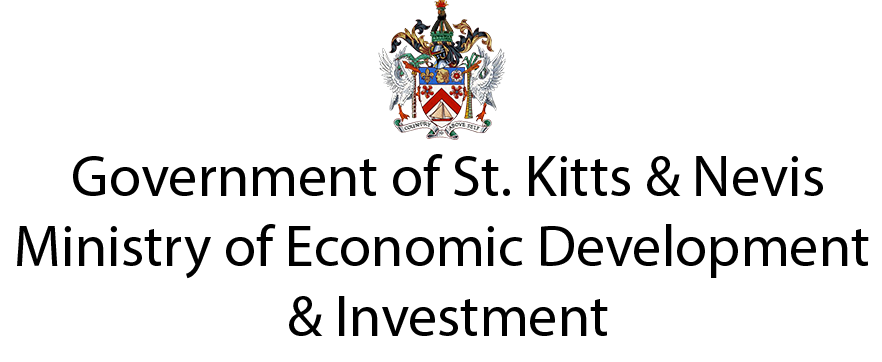Our Key Development Focus Areas
Climate Resilience
Summary
Although St. Kitts and Nevis produce minimal greenhouse gas emissions, like any other Small Island Developing State, we are most vulnerable to the projected impacts of climate change. The Federation has experienced many extreme weather events, such as hurricanes, flooding, and droughts, along with changes in temperature and precipitation patterns, which continue to significantly impact sectors such as water, health, tourism, agriculture, and our coastal infrastructure.
To abate these impacts, attention will be given to climate mitigation and adaptation, as well as securing the marine and terrestrial ecosystems, water management, and land use and management, to achieve climate resilience.




